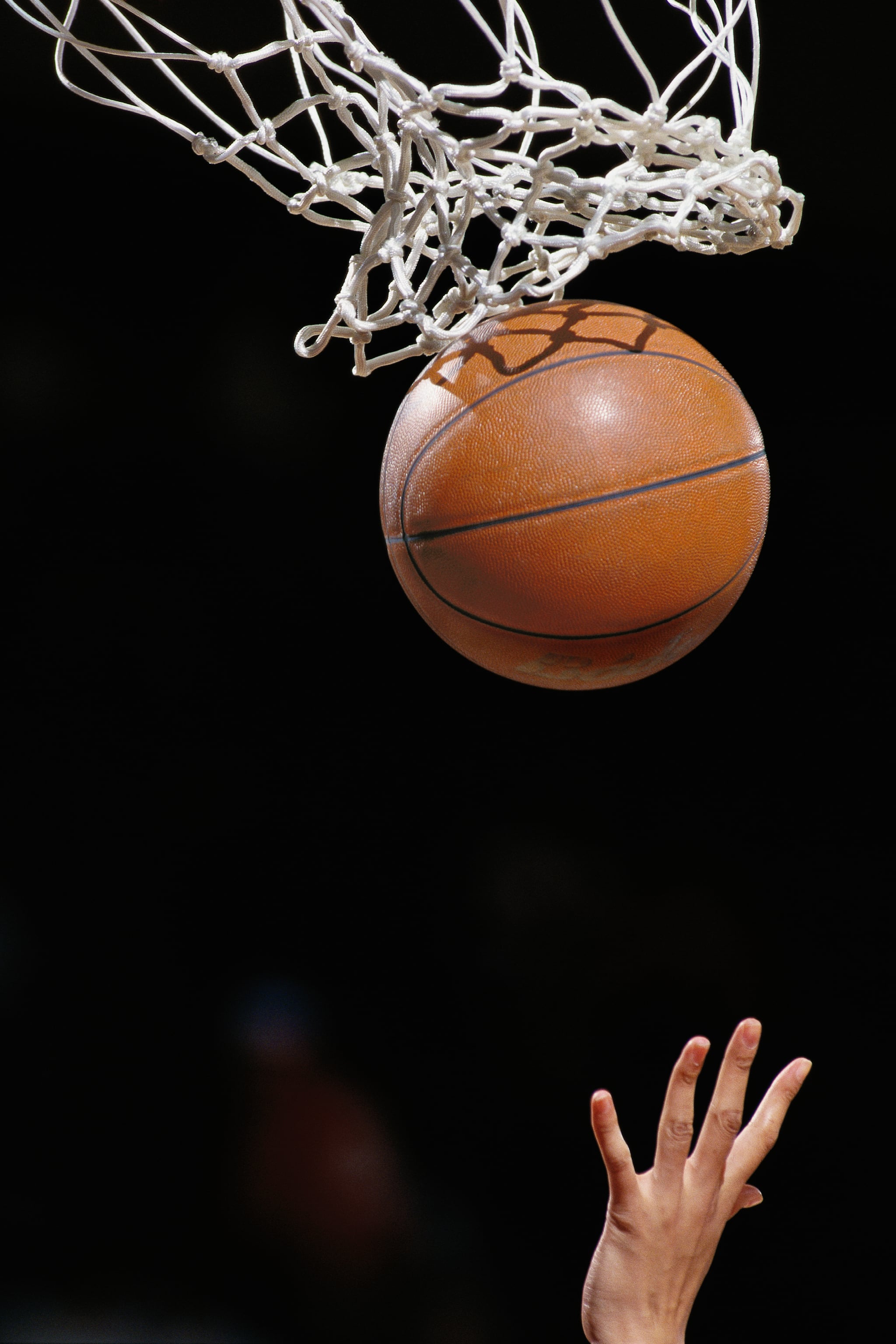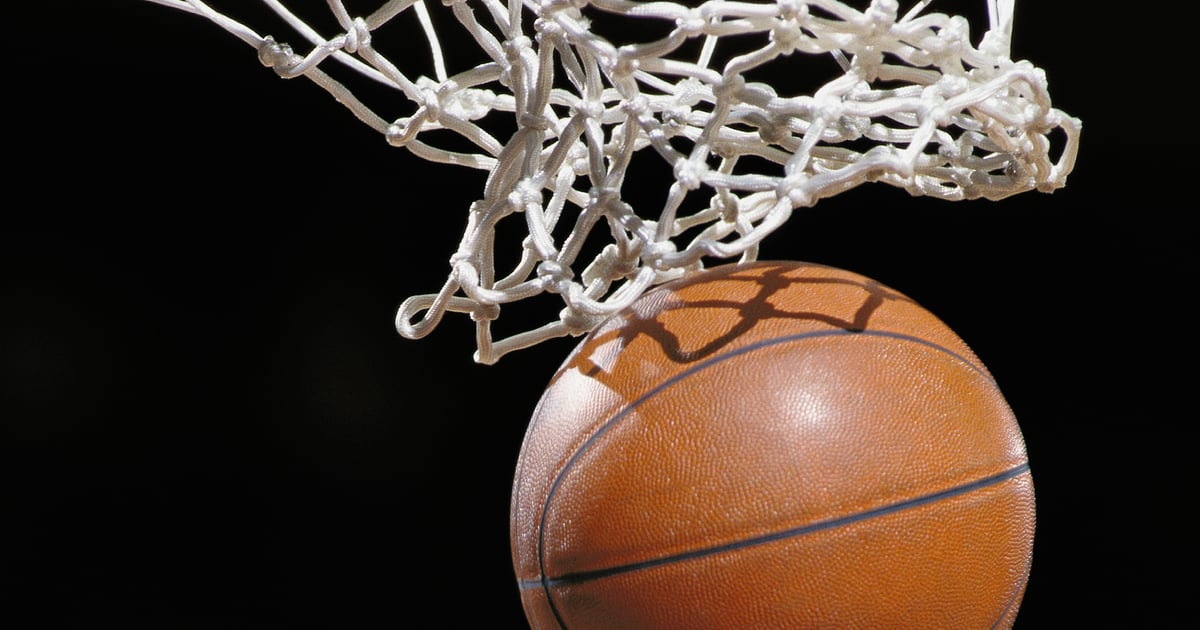Products You May Like

The WNBA draft may be over, but the conversations about it are still swirling. Amid the discussions about the prospects of this year’s rookie class and the draftees’ stunning orange carpet looks, one more upsetting narrative is getting attention again — and it involves salary.
First-round pick standout Caitlin Clark is expected to make $338,056 over the next four years, including $76,535 her first year. Considering how much attention she’s brought to college ball over the last two years, that number seems small. Especially when you take into account that Clark’s expected salary is significantly lower than the NBA rookie salaries. This again.
To put things in perspective, the 2023 first-round NBA draft pick, Victor Wembanyama, was offered a four-year 55.7 million rookie contract to play for the San Antonio Spurs; he’s expected to earn over $10 million in year one, reports RealGM.com. Not just that, but the 30th pick is expected to earn over $2 million in year one, nearly 27 times more than Clark’s salary.
This issue has added fuel to the ongoing debate about pay equity for women’s sports, and the changes that need to be made off the court for the WNBA, now and into the future. “Honestly, y’all should be embarrassed for even posting this salary. Women deserve better,” wrote journalist Nikole Hannah-Jones on X, in response to a repost of a Sportrac post listing Clark’s salary.
Historically, the WNBA has always had a pay gap. (Just like hockey, soccer, tennis — and the list goes on.) This pay gap exists due to various factors, with two of the most significant being player contracts without revenue sharing, and audience viewership compared to the NBA. Since the inception of the WNBA 27 years ago, each team has been financed by an NBA team, Forbes reports. Player salaries were capped to the 40-game season, and player contracts were never connected to revenue sharing. By design, this has kept the WNBA salaries significantly lower than NBA salaries. One result of that inequity: many WNBA players end up having to play overseas to supplement their compensation, a situation that made headlines when WNBA player Brittney Griner was detained for ten months in Russia, where she playing during the off-season, to earn extra money.
Whenever the issue of WNBA salaries is raised, so are the same tired rebuttals. First, that Caitlin Clark will be taking home many times more than her actual salary, thanks to sponsorship and endorsement deals. (But what about players who aren’t in the spotlight to the degree that Clark is?) Second, that WNBA games don’t garner the same attention, and therefore the same revenue dollars, as NBA games.
It’s true that the NBA makes $2.6 billion annually in media rights, per Forbes, while the WNBA makes about $60 million, reports Front Office Sports. But those figures come from a contract negotiated in 2014, which expires at the end of the 2024-25 season. And with more attention than ever being paid to women’s basketball, there’s reason to believe the next contract will see a significant increase in media rights for the WNBA. Case in point: more people tuned in to watch the Women’s March Madness final in 2024 than the men’s — the first time that’s happened in the event’s 42-year history, reports CNN. The 2024 WNBA draft was record-breaking as well, and saw a 307 percent increase over last year’s ratings, The Athletic notes. Clearly, people are excited about women’s basketball, and that excitement will translate into a rise in viewership and dollars.
But it’s also important to note that some WNBA players aren’t necessarily saying they should be earning equal salaries to NBA players, dollar for dollar. “In the NBA, they have percentages of revenue shared for the players — so, jersey sales, obviously their TV contracts,” said Las Vegas Aces’s, Kelsey Plum, in an interview with The Residency Podcast. That’s not the case in the WNBA, she noted, continuing: “We’re not asking to get paid what the men get paid. We’re asking to get paid the same percentage of revenue shared.” The WNBA player contracts are up for negotiations that could take effect in the 2025 season.
During this debate, I’ve seen some takes where women have been scapegoated for why there’s been a lack of support for the WNBA. This issue isn’t about women not supporting women; instead, it’s about everyone recognizing that women’s basketball is great, that it’s fun to watch, and that there should be equitable compensation in women’s sports. Ultimately, it’s exciting to see the impact this moment can have on the future of women’s basketball at every level.
As the conversation evolves, I hope that we stop making comparisons between two leagues that are not only 50 years apart from each other, but also have received very different levels of support since their respective inceptions. To compare the WNBA league to where the NBA is today is like comparing apples to oranges. And, as the saying goes, “comparison is the thief of joy”, and there is so much joy in watching where women’s basketball is at; with the success of Caitlin Clark, South Carolina’s 38-0 winning season, Kamilla Cardoso’s inspiring story, Angel Reese’s authentic confidence, and swag — the game is on the biggest stage and is only going to shine brighter.
While the salaries of the 2024 rookie class aren’t where they should be, these young players are ushering in an era of change, fighting for equity for themselves and all future sustainability of the WNBA. “I’m hopeful that rookies 5 years from now will be making significantly more than rookies do today,” Chicago Sky player Brianna Turner wrote on X, naming her $44,207 starting salary in 2019 (as the 11th overall draft pick) as proof of the ability for change. “It’s all about the growth, even if it’s more beneficial for others.”
Pay equity for women isn’t a new conversation. And the arguments against it are feeling more and more antiquated. With the success of women’s college basketball continuing to grow, these dynamic, popular, attention-grabbing players transitioning into the WNBA, and with key contracts up for negotiation, the momentum is there to keep moving forward.
Ralinda Watts is an author, diversity expert, consultant, practitioner, speaker, and proven thought leader who works at the intersection of race, identity, culture, and justice. She has contributed to numerous publications, such as POPSUGAR, CBS Media, Medium, Yahoo Lifestyle, and the Los Angeles Times.
